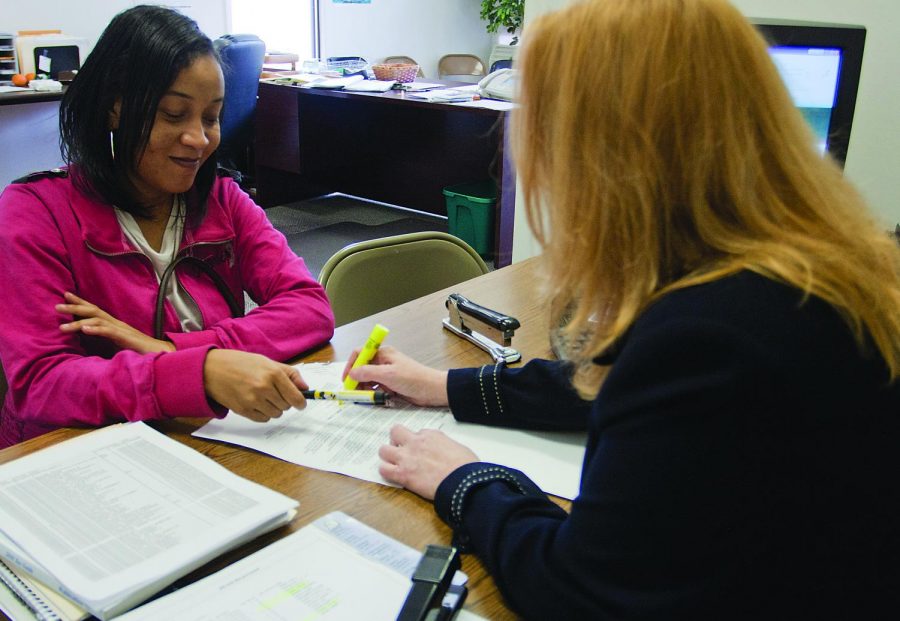College students benefit from tax credit
February 3, 2011
The Obama administration recently enacted the American Opportunity Tax Credit, which will allow many American families and students to save on their tax returns or receive larger refunds.
The credit is applicable for up to $2,500 toward any eligible expenses students incur while attending an accredited college or university. Students and families can claim this credit for the first four years of college, allowing for up to $10,000 in tax credits.
“This credit is designed to help people who want to improve their work skills,” said Amy Ingram, of Alabama Tax Service. “If their job needs them to be better with computers, then the costs of taking a course about computers or even purchasing a computer would be eligible for this credit.”
What was formerly known as the Hope Credit has been modified to offer a greater return to students and families. The American Opportunity credit is not an automatic refund on a tax return, but is credited toward the amount of taxes owed. If an individual owes nothing for their taxes, then the credit is eligible to be a refund of up to $1,000.
Fulltime students or their parents can claim any eligible expenses for the credit when filing their taxes. To claim this credit, students must be enrolled in a program that will lead towards a degree, certificate or other recognized credential.
Only eligible expenses can be claimed, such as fees, tuition or textbooks. These expenses must have been paid as out of pocket expenses. Scholarships, grants or loans do not qualify for this credit.
“I know this will help out my family quite a bit since they buy my textbooks every semester, and that adds up,” said UNA sophomore Spencer Murphy.
The credit is designed for more families than previous education tax credits allowed. To do this, the income brackets are $80,000 if filing as a single or $160,000 if filing as married.
The Internal Revenue Service (IRS) offers a second tax credit for students who do not fall into the above category. The Lifetime Learning Credit is available for those past their first four years of attendance or who are not taking a fulltime class load.
It is available for up to $2,000 and is continually renewable. To qualify for this credit, a student needs to take only one class. A program leading to a degree or certificate is not a requirement.
The Lifetime Learning Credit has lower income brackets with the eligibility for filing single at $50,000 and married at $100,000. The two credits have been redesigned from the previous higher education credits in order to make them more accessible to students.
Students have many resources available online and through local tax services to determine eligibility and make sure they receive one of these credits.











